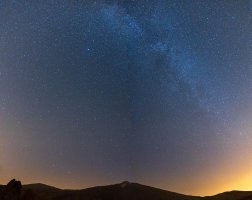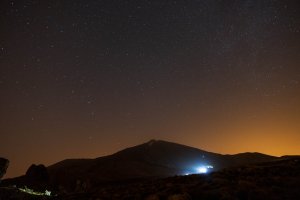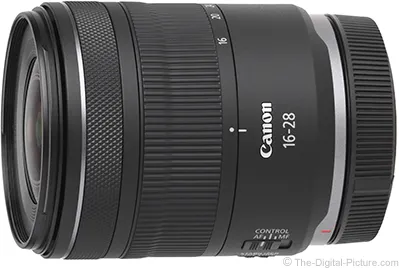I think a lot of people do consider Iceland (or Sweden/ Norway for northern lights) but it is also very expensive. Furthermore, you really have to go there when it dark and cold to see a lot of stars. Many people prefer going to warm islands in the south such as Palma, Mallorca or even Tenerife.I can never understand why people in Europe don't consider Iceland as a holiday destination as the flight from Berlin is less than 4 hours or to Tromso in 3 hours.
https://capturetheatlas.com/photo-tours/
Iceland is on my list! Either in summer time with my wife or during our "carnival vacation" to go on workshop and shoot on my own. Since it is only a week, I have to wait till this week actually lines up perfectly with new moon, workshop dates and also this year (and next year) I have to work as soccer instructor. I train and educate coaches as a part-time job and we have 52 young (18 & 19 year old) soccer coaches waiting to take their final exams of their first coaching degree. That's my other time-demanding hobby
Upvote
0




